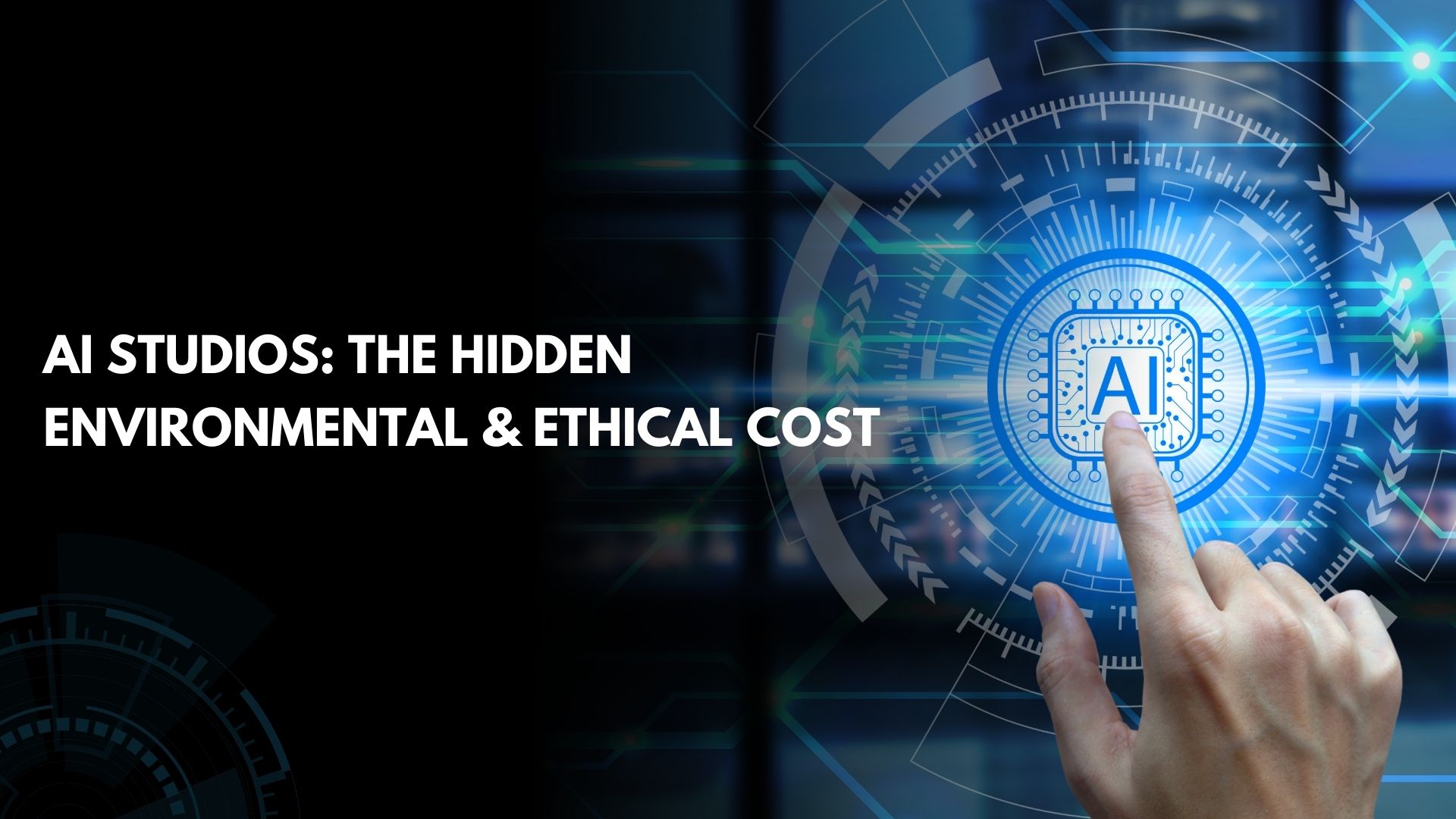Amazing new possibilities have arisen as a result of the increased use of AI techniques. AI generated art is one such trend that is becoming more and more popular, particularly art that imitates the aesthetic of well-known artists and studios like Studio Ghibli. For many years, Ghibli’s ageless tale and straightforward, emotional drawings have thrilled audiences. However, worries regarding the ethical and environmental effects of AI-generated art are developing along with its developments.
AI-generated art, such as Studio Ghibli, might seem harmless and a fun way to experiment with creative drawings, but these arts come with a hidden cost that extends far beyond the digital world. These vary from vast energy consumptions to resource depletions. The environmental impact of generating such art cannot be underestimated. Let’s explore how these Ghibli-style art are an environmental threat and the ethical implications of these arts, and the unseen consequences of the digital revolution.
The Environmental Impact of AI Art
AI models that are used to generate images require a large amount of power to train and operate for processing the images and art. These models include large datasets, analyzing patterns and generating new content based on the learnt images. The cost of running the algorithms requires huge amounts of energy to process these tasks causing environmental impact.
Energy consumption
For instance, AI generated Ghibli style art which involves rendering complex and detailed images puts a strain on the infrastructure running the algorithms. Generating just a single image can consume significant resources, not only in terms of computing power but also in cooling requirements, which contribute to further energy usage. Like generating just, a single image can consume significant resources which are not limited to only computing power but also in cooling requirements which contribute to further energy consumption.
A study by Shalini Gambhi indicated that generating a single AI image can consume between 5 to 50 liters of water, which is equivalent to a full day’s drinking supply for one person. This water is primarily used for cooling data centers.
Carbon footprint
Conclusion The Future of AI Art and Responsibility
By being mindful about the resources that we are consuming we can ensure that AI serves as a good medium for development rather than a tool that is being used for exploitation.



